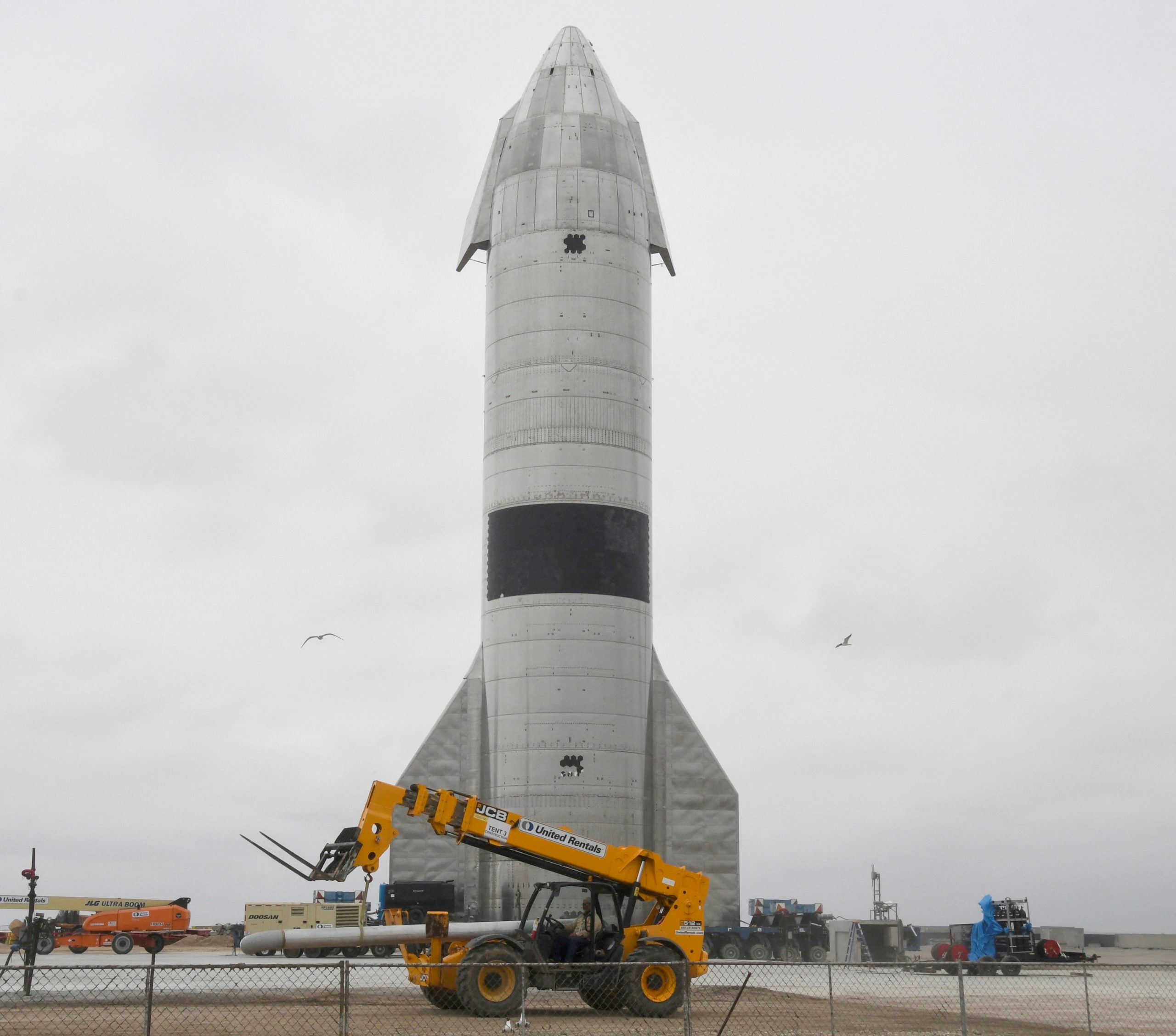
Lauren Moye, FISM NEWS
[elfsight_social_share_buttons id=”1″]
On Thursday, Tesla and SpaceX CEO Elon Musk announced that the most powerful rocket built so far will also reduce space travel costs. Musk stated that the first Starship launch should happen this year, possibly in March.
Musk stood in front of the 400-feet-tall rocket three days ago to give the highly anticipated Starship update. It was the first update on the project in two years. Ahead of the one-hour conference, Musk shared images of the giant launch tower and Starship located in South Texas on Twitter:
— Elon Musk (@elonmusk) February 10, 2022
“I’m highly confident it would be less than $10 million all in, fast forward two or three years from now,” Musk stated during his Starship update, making it clear that included all expenses for the launch.
For comparison, SpaceX customers currently pay $62 million for a Falcon 9 rocket launch. The Falcon 9 is much smaller with a height of 230 feet. It is also partially reusable, which means the second launch reduces the launch costs to an estimated $50 million.
However, the Starship is designed to be fully reusable, which means the overall expense drops substantially on the second flight as there are no parts to manufacture and add. Musk hinted at plans to lower launch costs even more than his initial figure, suggesting that each successful Starship launch will bring the overall cost down to “maybe even as low as a million dollars per flight.”
The official SpaceX Twitter thread shared a video of the tower in action after the update:
The launch tower at Starbase will help stack Starship and catch the Super Heavy rocket booster pic.twitter.com/xXmonamEDA
— SpaceX (@SpaceX) February 11, 2022
“This is really some wild stuff here,” Musk said. “In fact, hard to believe it’s real.”
Included in some of the ‘wild stuff’ are plans to use a fleet of Starships to carry the equipment and people necessary to create a sustainable city on Mars. Before that, NASA has already tapped a Starship for a moon-landing mission in 2025.
However, SpaceX plans to start small with Starship missions, like carrying Starlink satellites into orbit. These missions will be unmanned. Musk explained, “There will probably be a few bumps in the road, but we want to iron those out with satellite missions and test missions.”
The futuristic company knows a few things about setbacks. On Feb. 8, the company shared an update on recently deployed Starlink satellites. In a move described as “the right thing to do,” the internet satellites go through a costly low-altitude systems check. Those that fail are sent for re-entry, which eradicates the satellites so that “no orbital debris is created and no satellite parts hit the ground.”
Unfortunately, the timing of a recent Starlink launch coincided with a geomagnetic storm that increased the atmospheric drag “by up to 50 percent higher” and resulted in the satellites being unable to leave safe mode. The company estimates that up to 40 of the 49 satellites will reenter the atmosphere.
SpaceX is only waiting on Federal Aviation Administration approval for a Starship launch, which means this launch could be just weeks away. If the Texas launch site requires more paperwork through environmental impact studies or lawsuits, then Musk mentioned the possibility of moving the launch site to Cape Canaveral. This would put the launch at the end of the year.
